PRESERVING A MILITARY LEGACY FOR FUTURE GENERATIONS
The following Reflections represents MSGT Jan Klebukowski’s legacy of his military service from 1985 to 2007. If you are a Veteran, consider preserving a record of your own military service, including your memories and photographs, on Togetherweserved.com (TWS), the leading archive of living military history. The following Service Reflections is an easy-to-complete self-interview, located on your TWS Military Service Page, which enables you to remember key people and events from your military service and the impact they made on your life. Start recording your own Military Memories HERE.
Please describe who or what influenced your decision to join the Air Force.
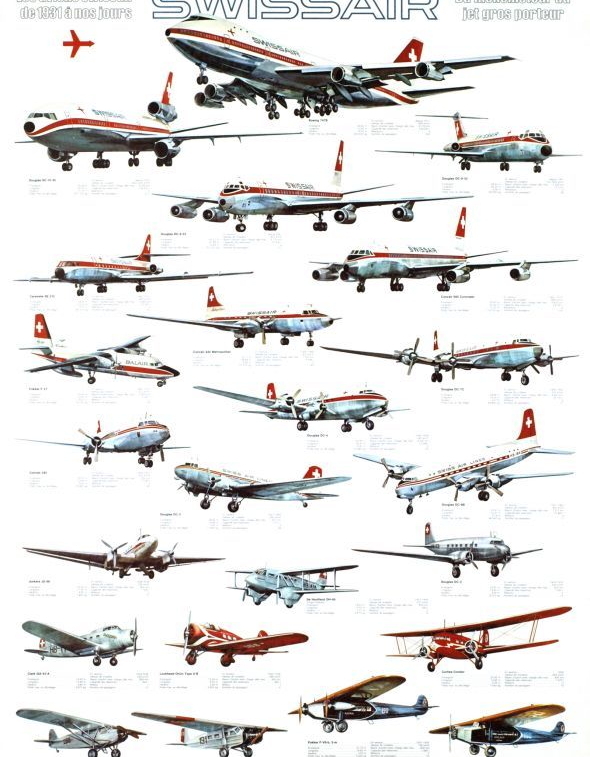
Early in my life, both my late parents took me to the 1964-65 Worlds Fair in Flushing Meadows Park, NY. I still remember the old Rocket displays from NASA that were on display at the fair. It got my interest in planes and the Space program.
I remember watching the first landing on the moon by Neil Armstrong on our old black and white TV at home. My late parents always watched the progress of the US Space Program from the beginning, with all the launches of the Saturn and Mercury Rockets until the historic moon landing by Neil Armstrong.
It was also my sister’s first husband, who worked for the SWISSAIR airline company as an aircraft engine mechanic by the name of Robert G Pointkovsky, who gave me a small battery-operated metal toy plane that lit up when it was switched on during one of our Christmas time family get-togethers and also gave me a company poster from 1970 that illustrated the history of all it’s company fleet from its start in 1931. I had it hanging on my wall next to my bed all the time until we moved from our old rent-controlled apartment to another apartment in my hometown until he passed away on January 23, and another member of my family who served in the Air Force in the 1960s during the height of the Vietnam War.
The Air Force also had their college. Both my late parents didn’t have money to help pay for a civilian college since both of them just arrived in the USA from their native country of Poland after surviving the ravages of WW2 and the Holocaust. They both worked in local factories in town and made just enough money to pay for rent and food.
I also previously attended a local grade school in the early 1970s called Glen Cove South School, which had the World of Tomorrow School nickname. The school was across the street from our old rent-controlled apartment in my hometown.
Our grade school had its own planetarium and also had a model rocketry class using the ESTES model rockets that we built and studied model rockets. We also learned basic electronics.
The school eventually closed in 1976 due to school board budget cuts, but it greatly influenced my decision to join the Air Force.
Since my late father couldn’t afford to send me to college after high school, he had enough money to send me to a local trade school, Grumman Data Systems Institute, that taught basic electronics.
I later went to an Air Force recruiter in the local Long Island town of Hempstead to enlist in the Air Force.
Whether you were in the service for several years or as a career, please describe the direction or path you took. What was your reason for leaving?
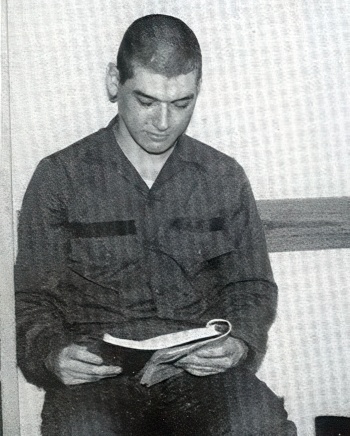
I joined the active-duty Air Force and attended basic training at Lackland AFB, TX. I was later assigned to Lowery AFB, Colorado, for basic electronics training. After I completed it, I was assigned to the Field training detachment at Mountain Home AFB, Idaho, to continue my aircraft maintenance training. I then joined the Air National Guard with the 213th Engineering Installation Squadron for Ground Radio Maintenance.
During my time at Roslyn Air National Guard station, our unit traveled to numerous overseas locations to install communications systems, which saved the government a lot of money.
I went on to do 22+ years in the military before retiring.
If you participated in any military operations, including combat, humanitarian and peacekeeping operations, please describe those which made a lasting impact on you and, if life-changing, in what way?
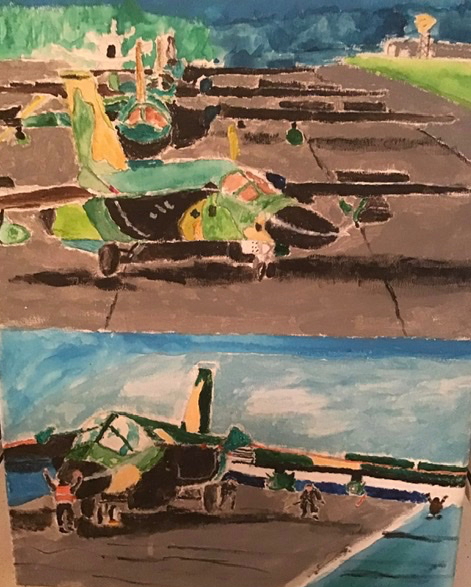
During my active-duty Air Force time, on April 15, we supported Operation Eldorado Canyon, in which some of the F-111As from Mountain Home AFB were deployed to RAF Upper Heyford, United Kingdom, to help support the mission.
I worked as an End of Runway technician when the operation started in April 1986.
On the evening of April 14, before the end of my evening work shift on the flight line, I can recall witnessing our one flagship F111A take off from the runway at Mountain Home AFB, Idaho, having its tip of the tail fin, specially painted with all three primary colors of our unit squadrons that was painted in a Red, Yellow, and blue stripes that were painted on top of the tail fin representing the 389th AMU (Representing the Yellow Stripe), the 390th AMU, (Representing the red stripe), and the 391st AMU (representing the blue stripe). Our unit flagship, F111A, also had the 366 Tactical Fighter wing written on its main body of the tail fin and also had the State of Idaho design painted on the front area next to the nose cone of the jet.
This lone aircraft takeoff event, held during the evening work shift, officially signaled the start of the bombing operation authorized by then-President Ronald Reagan.
During the height of the Cold War, we were not allowed to take personal photographs of our daily operations or personnel while working on the aircraft on the flight line. This task was normally assigned to the Base Public Affairs office.
The attached picture is a drawing that I drew from my own memory of the elephant walk that took place on April 15, when our entire base was mobilized to support RAF Upper Heyford, United Kingdom, during the air strike on Libya.
Our squadron motto at the 366th Aircraft Generation Squadron at Mountain Home AFB, Idaho, was ONCE A GUNFIGHTER, ALWAYS A GUNFIGHTER.
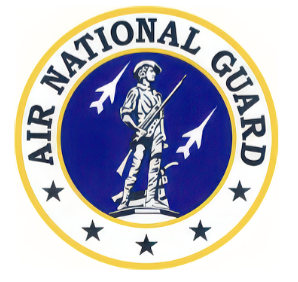
While serving in the Air National Guard, we supported many peacetime support missions in the USA and overseas locations too numerous to name. Still, during one operation during my time at Roslyn Air National Guard station, our unit traveled to multiple overseas locations to install communications systems, which saved the government a lot of money.
In 1996, I had one deployment to South Korea, and during that time, we had to wear civilian clothes. This deployment took place two years after the major 1994 North Korean nuclear crisis with then-President Bill Clinton.
We took one military cargo plane to a US STATE, then transferred to another jet that took an almost 8-hour long one-way flight to South Korea so that our team could install communication equipment at Osan Air Base, Korea.
During the entire time during each flight, we had to wear civilian clothes and pose as civilian tourists when we walked around the towns in South Korea.
When we arrived at Osan Air Base, Korea, we put our military uniforms back on and installed the communication equipment using the tools and equipment already provided by the base.
There were many other deployments to other overseas locations, but the one to South Korea was during a very tense time in history and the environment, and it was unforgettable.
This included being put on active duty after the attack on the Twin Towers on 9-11.
Did you encounter a situation during your military service when you believed there was a possibility you might not survive? Please describe what happened and what was the outcome.
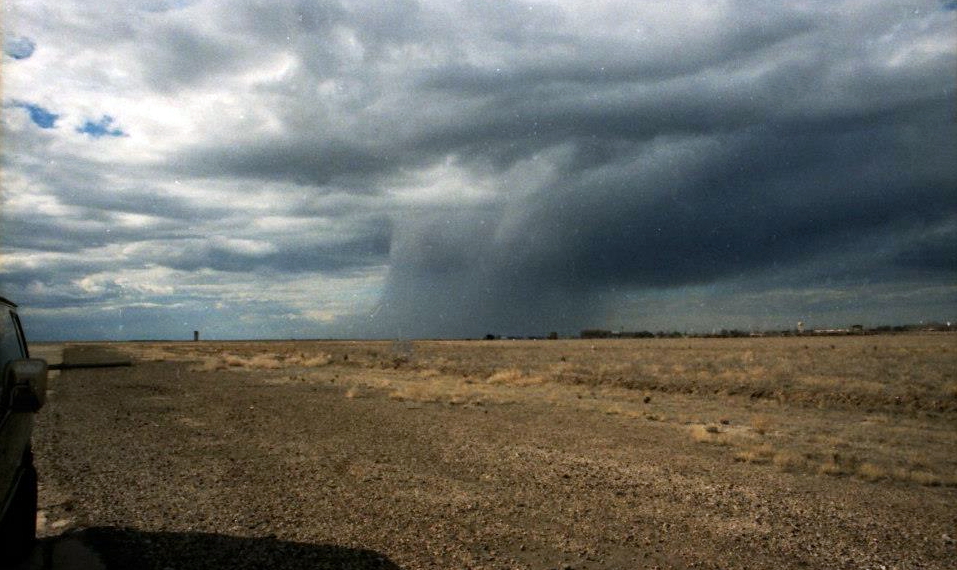
Numerous training exercises and training operations while working on the flight line where we had to don our chemical warfare suits and gas masks while working on the electronic systems of the F111 aircraft parked on the flight line in the hot summer months and the freezing temperatures during the winter months.
These military exercises were also included during my end-of-runway duties at Mountain Home AFB, ID.
We often started our work shift by walking down the flight line and collecting any small rocks and debris that could get caught up in the jet engine intake during takeoff to avoid causing engine failures.
If the aircraft’s engine failed, the jet engine mechanics would often have to remove it from the aircraft and send it to the hush house at the base to fix it and test it before bringing it back to be installed back into the aircraft.
In many situations, the entire aircraft would be towed into the base hush house for the engine to be tested for any malfunctions. Due to the age of the aircraft, these engine failure situations occurred frequently.
During the nighttime shifts working at the end of the runway, we often had to ensure that the pilots and navigators turned off their powerful radar and jamming equipment before they approached our maintenance team; otherwise, our team would be exposed to radar radiation.
Unfortunately, being exposed to daily jet fuel fumes as the jet taxied away from our maintenance team was a part of our daily tasks and an unavoidable situation.
I was also given the additional tasks of working in the radio operation dispatch room at our maintenance squadron building at the 389th AMU, where I was talking with the pilots coming in for a landing and receiving their equipment malfunction reports, wing and tail walker and also climbed into the cockpit and help steer the aircraft into the maintenance hangar for any required nighttime maintenance that had occurred during each aircraft sortie that returned to base.
During the summer months, we had numerous sagebrush wildfires, and the smoke traveled into the base, which often made our maintenance jobs much more challenging.
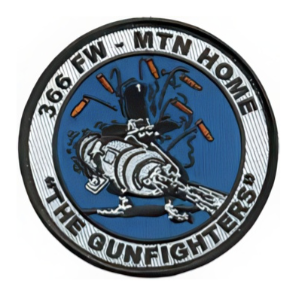
During my time at Mountain Home AFB, Idaho, I witnessed one fatal crash of one of our F111 aircraft. Both pilots did not survive the crash, and the plane was later towed into the hangar for investigation. This is more information…
Date: 12-JAN-1988
Time:
Type: Silhouette image of generic F111 model; specific model in this crash may look slightly different
General Dynamics F-111A
Owner/operator: 389th TFS, 366th TFW, USAF (389th Tactical Fighter Squadron, 366th Tactical Fighter Wing, United States Air Force)
Registration: 67-102
MSN: A1-147
Fatalities: Fatalities: 2 / Occupants: 2
Other fatalities: 0
Aircraft damage: Written off (damaged beyond repair)
Location: Mountain Home AFB, Idaho – United States of America
Phase: Take off
Nature: Military
Departure Airport: Mountain Home AFB, Idaho
Destination airport:
Confidence Rating: Information is only available from news, social media, or unofficial sources
Narrative:
67-0102, callsign “Honest 21,” crashed on January 12 near Mountain Home AFB, Idaho. During the takeoff roll, the right canopy was seen to pop open as the aircraft rolled to the right and crashed. Both crew – Captain Robert A. Meyer Jr. (student pilot) and Captain Frederick A. Gerhart (instructor) – were killed.
As a direct result of this crash, an extra check – ‘the canopy latch jiggle check’ – was incorporated before takeoff.
One incident happened during the conclusion of our work shift. One of my supervisors, who was training me on the aircraft systems on the flight line, offered to drive me back to my barracks.
We both had just worked a long shift in the hot summer heat. After I had put away my tools and gear, I met him at his car, where I heard the engine at a high idle. He looked asleep but had his foot pressed against the gas pedal, but the car was still in park mode.
It turned out that he had experienced a medical episode caused by the high humidity and heat from working on the flight line, and he was passed out. It was not until I knocked on his car window and yelled at him that he woke up.
He was unaware of what happened, but had I been in the car with him and his medical episode had happened while the car was in drive mode, he and I would have had a car accident while driving me back to my dorm room.
Of all your duty stations or assignments, which one do you have fondest memories of and why? Which was your least favorite?
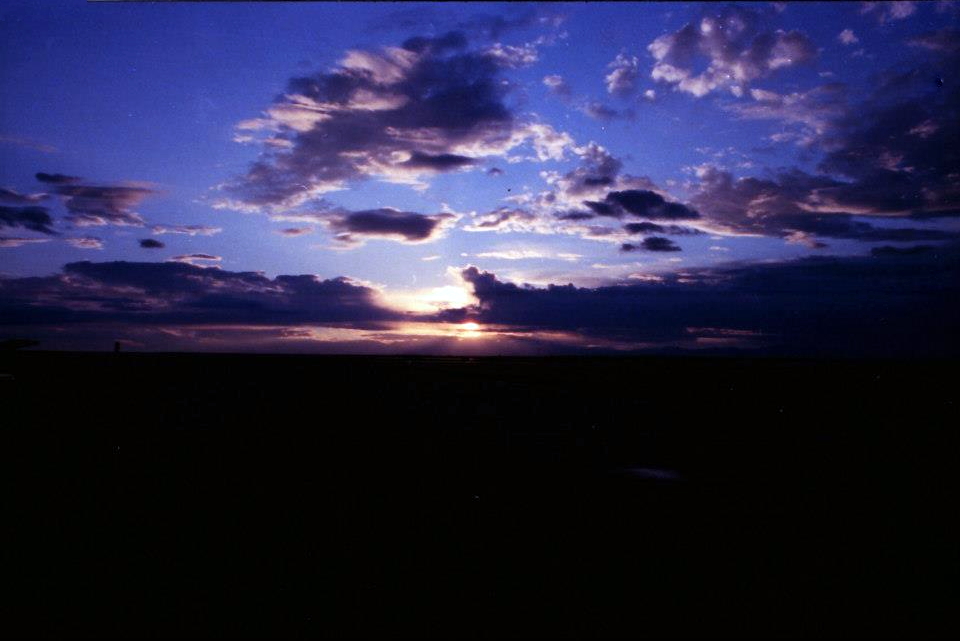
My favorite duty station was serving at the former Roslyn Air National Guard Station in Roslyn, NY.
I didn’t have a least favorite station that I served at.
I can recall some of the crew chiefs who worked with the aircraft maintenance crews often received incentive rides with the F111A pilots if they had met their maintenance goals for the month.
It was very memorable to watch the crew chiefs board the F111A aircraft with the pilot in the pilot’s seat, fly with the pilots, and experience what the pilots see during their training flights.
Many of them shared their stories with the maintenance crews after the aircraft landed and the crew chief disembarked from the cockpit of the plane.
During my off time on the weekends working at Mountain Home AFB, ID, I enjoyed the occasional camping trips to Trinity Mountain in Idaho.
Trinity Mountain is 9,000 feet above sea level, and the daytime and nighttime sunsets were beautiful.
From your entire military service, describe any memories you still reflect back on to this day.
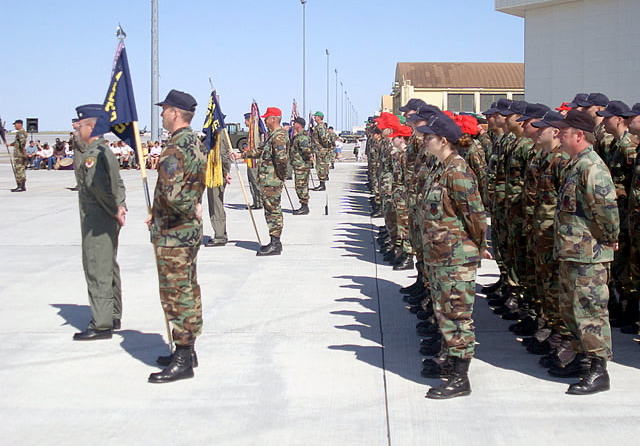
During my active-duty Air Force service, our squadrons often had numerous morning and afternoon formations before starting our workday on the flight line.
In the Air National Guard, I remember traveling to many US and overseas bases to install radios and transmission equipment and to assist in many peacetime missions while serving at Roslyn Air National Guard Station, NY.
What professional achievements are you most proud of from your military career?
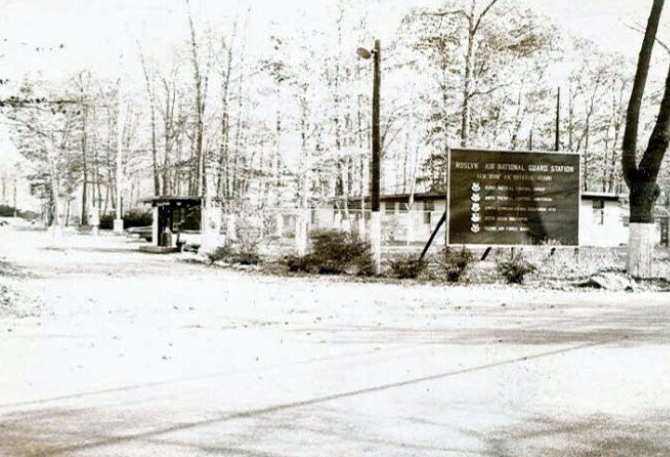
Writing a history book abut the former Roslyn Air National Guard station, NY.
The History of Roslyn Air National Guard Station 1941-2000 by Jan Klebukowski
Of all the medals, awards, formal presentations and qualification badges you received, or other memorabilia, which one is the most meaningful to you and why?
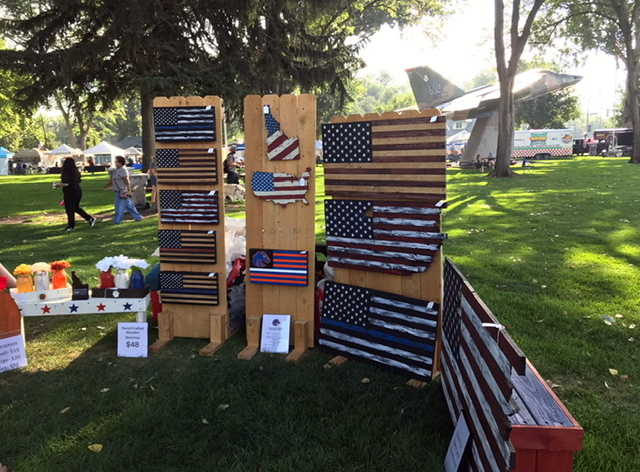
All my Aircraft qualification badges from my time at Mountain Home AFB, Idaho.
Despite being stationed at a very isolated base, I still enjoyed working with the aircraft and the pilots.
Which individual(s) from your time in the military stand out as having the most positive impact on you and why?
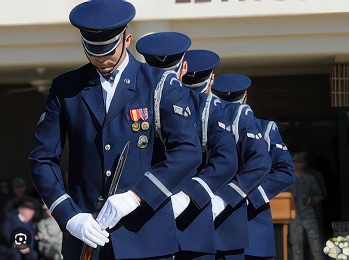
There were so many individuals and old supervisors in my military career who helped me when I joined the military, during my first years in training, and accomplished my daily duties both on the flight line and in the Air National Guard.
Still, the one person who will always stand out in my memories is my former commander at the former Roslyn Air National Guard station, the late Col. Leslie D. Katz, who always told me to take care of my own health.
Despite enduring his own battle with cancer prior to and after his retirement from the military, he always tried to help me when I was taking care of both my parents at home while working at Roslyn.
List the names of old friends you served with, at which locations, and recount what you remember most about them. Indicate those you are already in touch with and those you would like to make contact with.
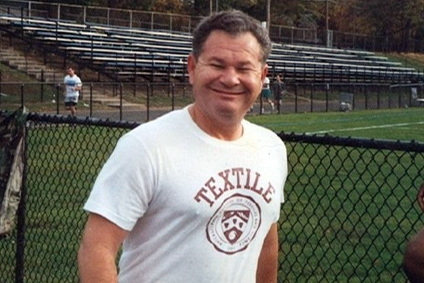
The late Col Leslie Katz, Roslyn Air National Guard Station. He was a very caring Commander.
Can you recount a particular incident from your service, which may or may not have been funny at the time, but still makes you laugh?
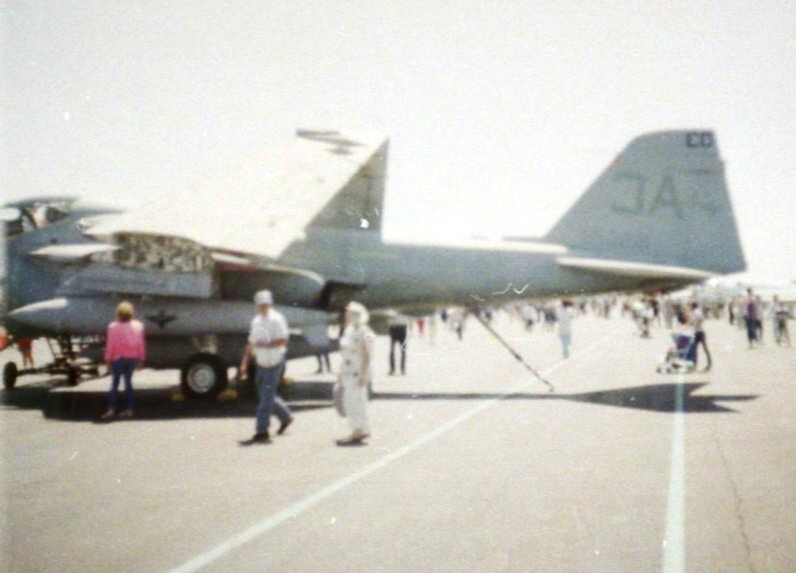
During my time working on the flight line at Mountain Home, I can remember one afternoon shift where the temperature was so hot that one of my supervisors took a raw egg and cooked it on the metal of the F111 jet before our work shift started.
During one month, our base invited the Royal Air Force from the 4 Wing Cold Lake, Cold Lake Air Base in Alberta, Canada.
Before they arrived at Mountain Home, all our military supervisors told us not to salute them if an officer or enlisted personnel walked past us.
They wore the same color and style of dress blue uniforms as we did, and it was very difficult to distinguish their military ranks from ours.
In the attached picture taken during one of our base open houses where we would let the local community of Mountain Home in to visit our flight line, the one picture of the plane shows the tail letters temporarily modified to show the first three letters in my first name. This was done by one of the military supervisors who was training me on the flight line. It was a very nice memory of my time working on the flight line.
During my time in the Air National Guard, we had many good jokes being played at the former Roslyn Air National Guard station in Roslyn, NY.
What profession did you follow after your military service, and what are you doing now? If you are currently serving, what is your present occupational specialty?
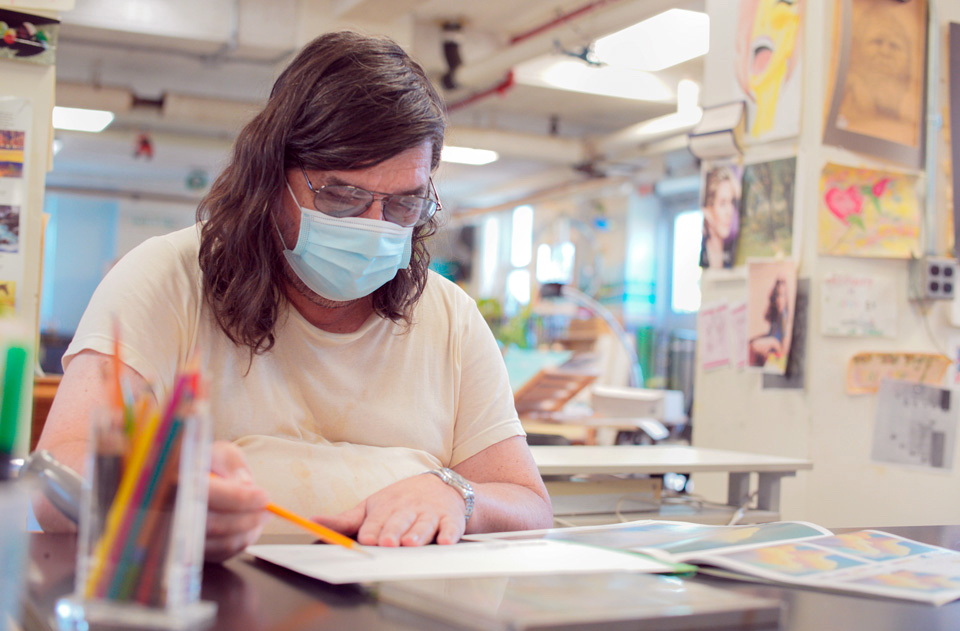
I am a retired military member and am currently active in my local church activities.
Despite not being able to take a photo of the original hand-painted mural I and another veteran had done on the wall in the break room of the 389th Aircraft Maintenance Squadron, which all the pilots and aircraft maintenance personnel used after their work shifts were over in the 1980s, I still enjoy drawing and painting as a hobby that helps me relax and meditate.
What military associations are you a member of, if any? What specific benefits do you derive from your memberships?
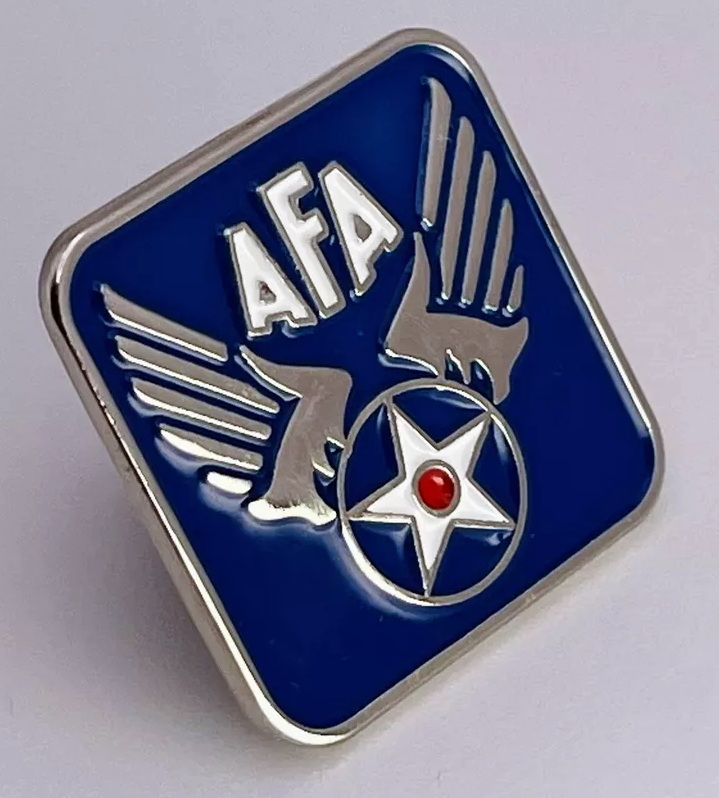
Air Force Association, Air Force Radar Museum Association, and AARP. Since 1998, I have also been an honorary member of the 26 Air Division reunion group that was stationed at the former Roslyn Air National Guard station, NY, in the 1950s.
In what ways has serving in the military influenced the way you have approached your life and your career? What do you miss most about your time in the service?
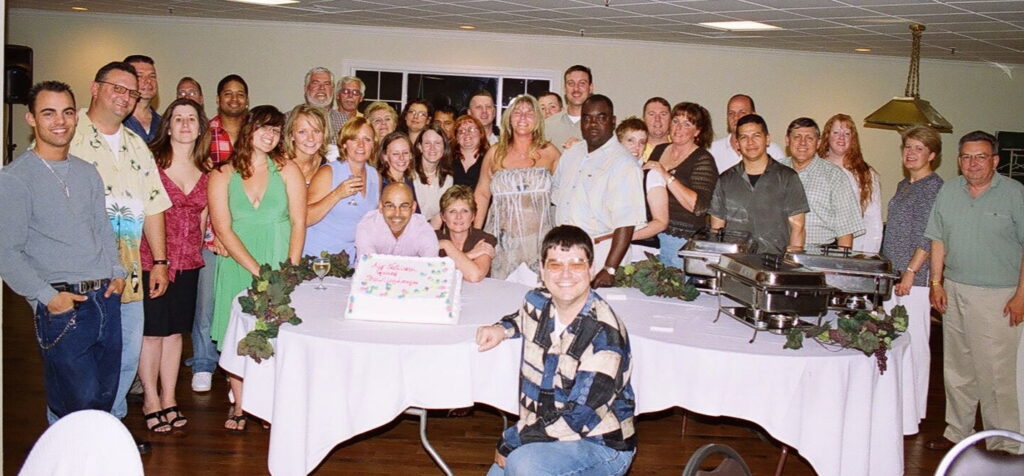
All the past friendships I made during my time in the service, both in the workplace and in all my past military bowling leagues from both military bases in the New York Air National Guard.
Based on your own experiences, what advice would you give to those who have recently joined the Air Force?
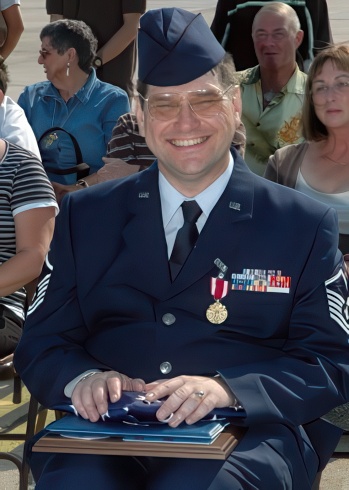
Keep at it. It’s an excellent service.
In what ways has togetherweserved.com helped you remember your military service and the friends you served with.
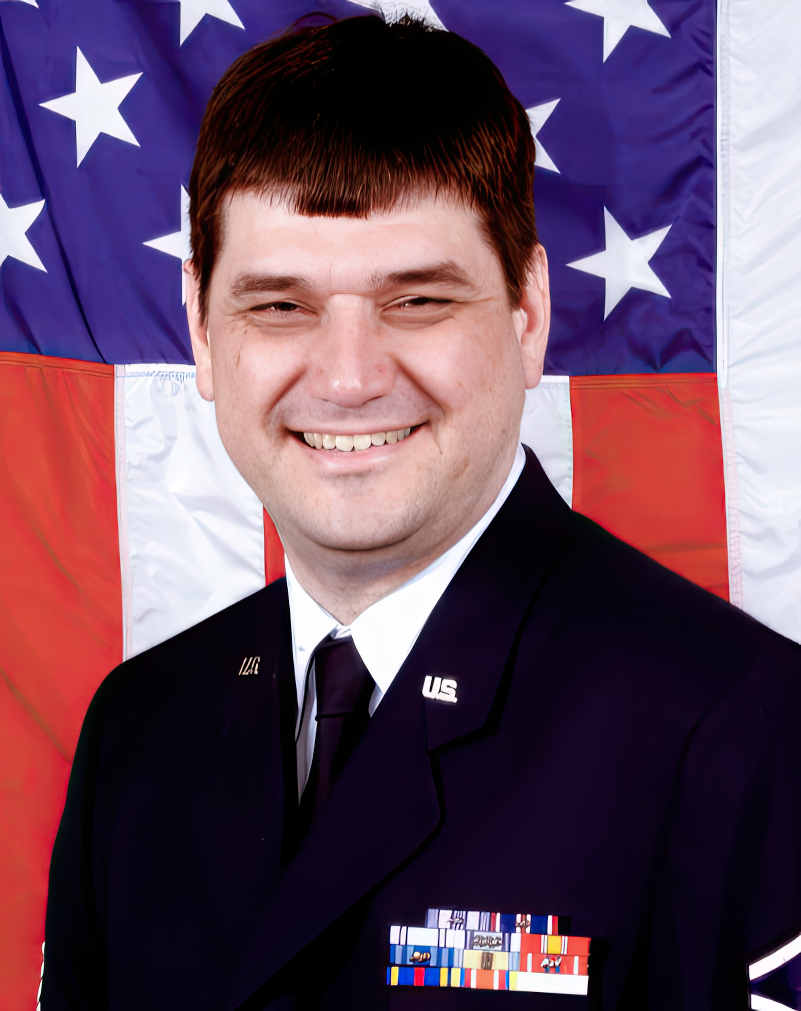
To reconnect with all my friends from both active duty Air Force and the Air National Guard.
PRESERVE YOUR OWN SERVICE MEMORIES!
Boot Camp, Units, Combat Operations
Join Togetherweserved.com to Create a Legacy of Your Service
U.S. Marine Corps, U.S. Navy, U.S. Air Force, U.S. Army, U.S. Coast Guard
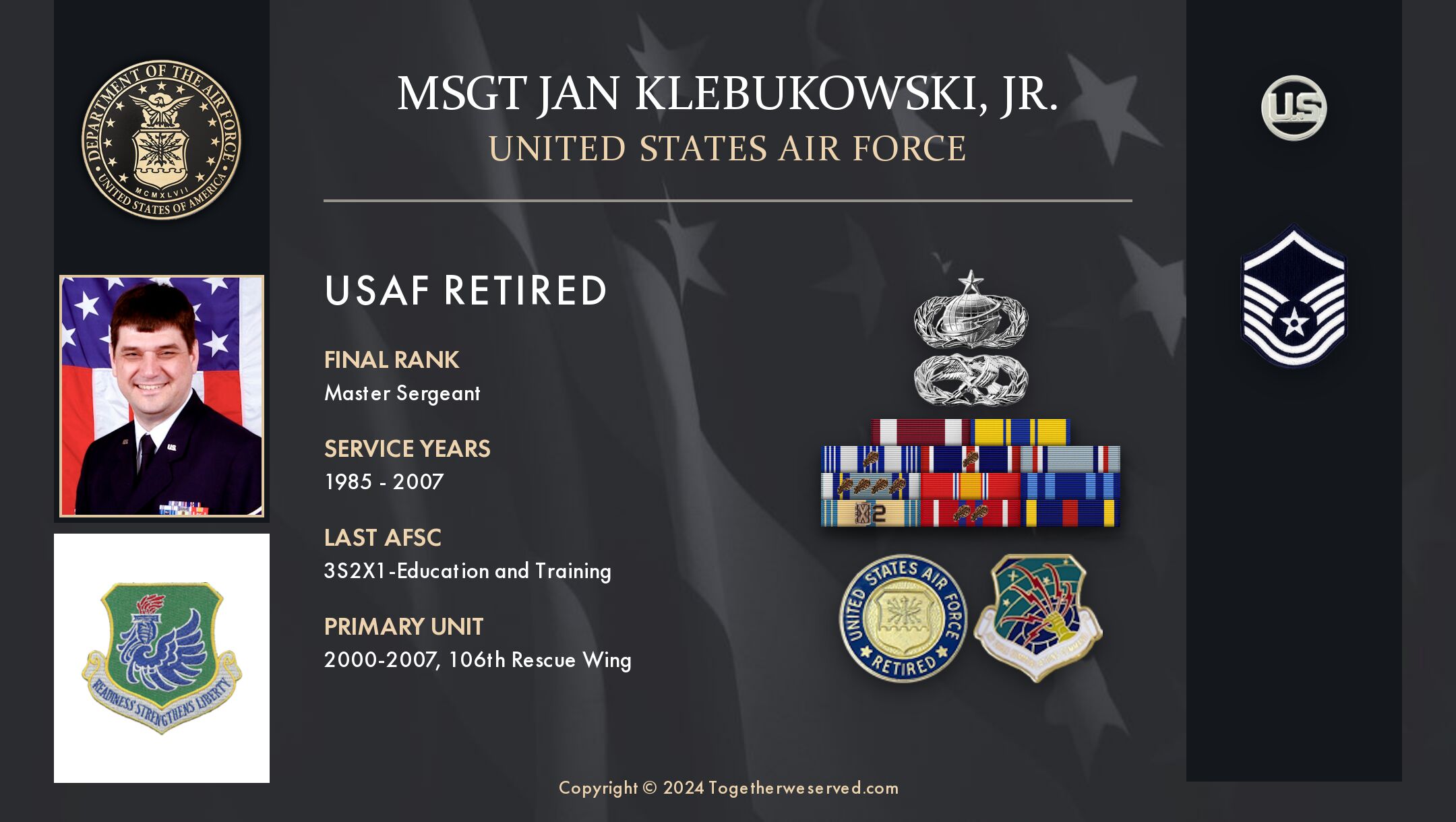
Jan,
A wonderful recap of a well served career.
Skip, thank you for your recent comment. Looking back at my military life, it was a very memorable time in my life! Met a lot of good friends.